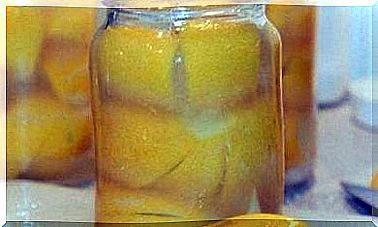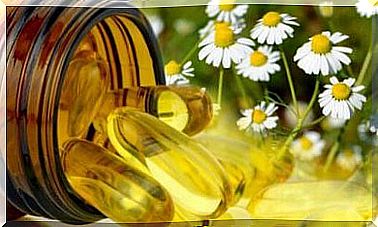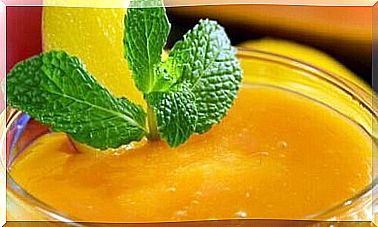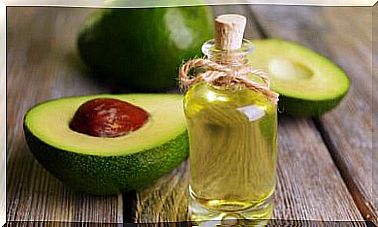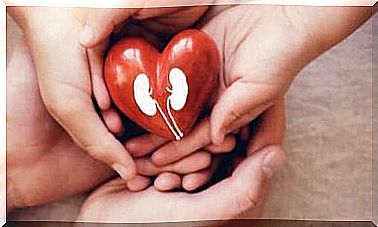Find Out Why You Should Not Use Plastic Bottles – They Are Harmful To Health And The Environment
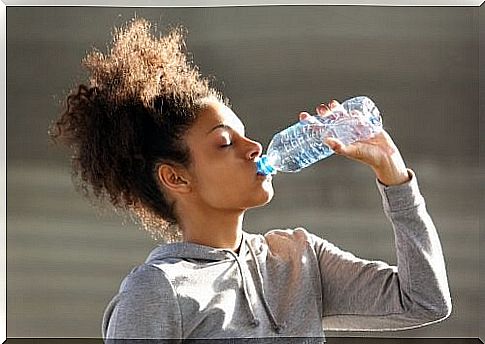
Plastic bottles and containers are currently the most common type of packaging used all over the world. If you use them repeatedly, it’s important that you be aware of the possible consequences and risks.
We keep repeating the need to reuse certain materials and recycle. Unfortunately, it turns out that some of the bottles are made of substances that, when used again, become dangerous to life and health. Be sure to read on and find out why some plastic bottles and containers should only be disposable.
Researchers from around the world are examining whether the offered food and drink packaging meets all the specified standards. Unfortunately, it turns out that in as many as 1/3 of brands producing plastic bottles and packaging, there are substances considered dangerous or even carcinogenic.
Plastic bottles and their chemical composition
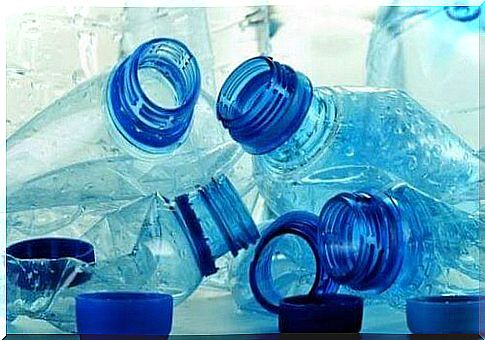
To reduce the use of containers and packaging from manufacturers who neglect safety standards, start recognizing the special markings and symbols on the bottom of the packaging. One such designation is a triangle with a number that corresponds to the type of plastic used in production.
- Bottles marked with the number 1 (PET) are for single use only. In contact with the sun or heat, they can release harmful toxic substances.
- Packaging marked as 3 or 7 (PVC or PC) may release harmful toxins into water or food. These substances lead to the development of many dangerous diseases.
- Bottles and packages marked with numbers 2, 4 or 5 are suitable for reusable use. These are products made of polyethylene or polypropylene. They also often contain the designation PP.
- These are relatively safe packaging. If they are not in contact with high temperatures, they will not pose a health risk.
How to avoid bacterial growth inside the bottle?
However, paying attention to the markings and the type of plastic is not everything. It is also worth being aware of how to avoid the growth of bacteria inside the reusable packaging.
The mere use of such a package without washing your hands or pouring warm water inside can contribute to creating an ideal environment for bacteria and other pathogenic microorganisms.
Merely washing the bottle is not always enough. Even drinking water directly from the bottle contributes to the development of harmful bacteria inside. This can even lead to serious complications such as hepatitis A!
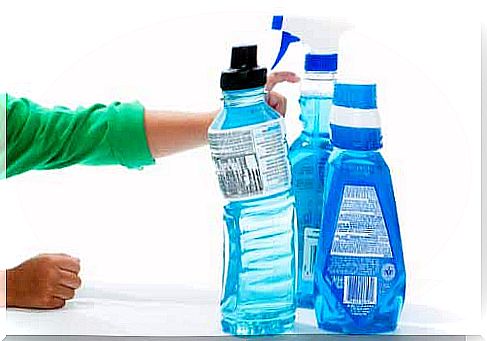
In order to protect yourself from this type of complication, you can use a straw or pour water from the bottle into a glass.
How to store plastic bottles?
Not only is it very important to keep your plastic packaging clean. It is also important under what conditions they are stored.
Avoid storing bottles containing detergents or drinks at high temperatures at all costs.
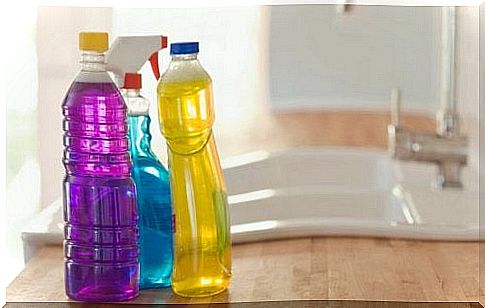
This is because heat causes plastic packaging to emit harmful chemicals that can be hazardous to health. It is also not worth keeping water bottles, e.g. in a garage, where they can be in the immediate vicinity of pesticides, pesticides and other chemicals.
These substances can penetrate drinking water and have very serious consequences for the health and life of household members.
Watch out for antimony!
Although antimony is a toxic material, it is relatively often used in the manufacture of plastic packaging, bottles and containers. The longer the water stays in a bottle made of antimony-containing material, the more of this harmful substance gets into the liquid.
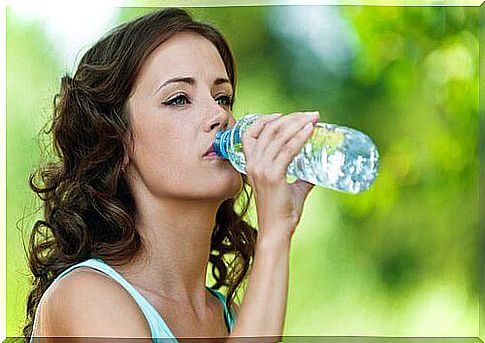
Antimony can cause nausea, vomiting and diarrhea. To avoid these types of health consequences, be sure to drink bottled water as soon as possible after purchase.
